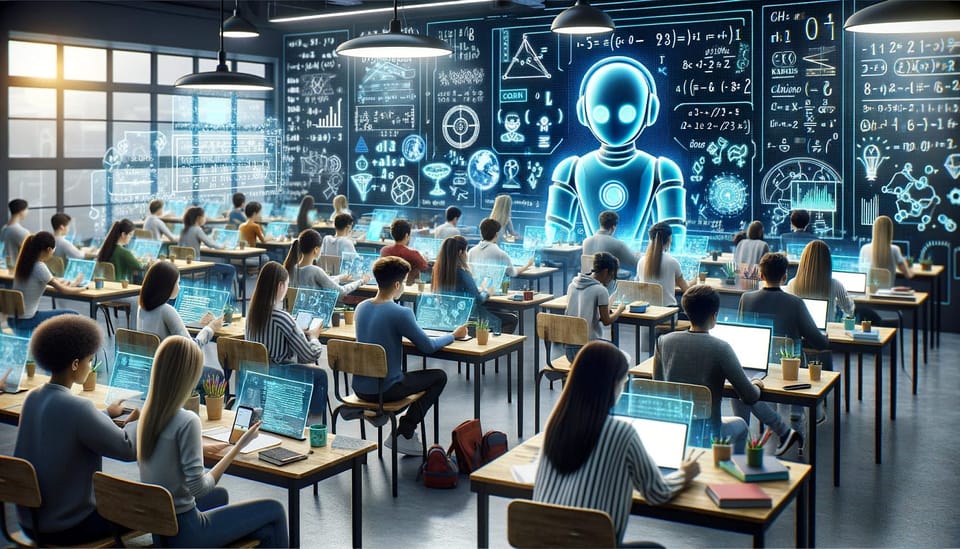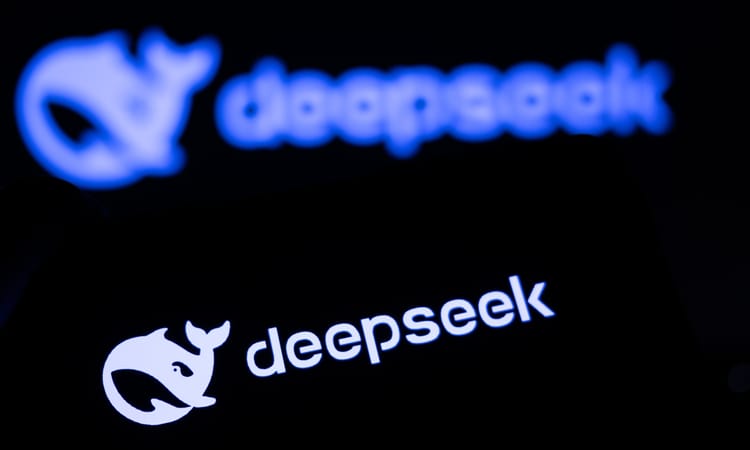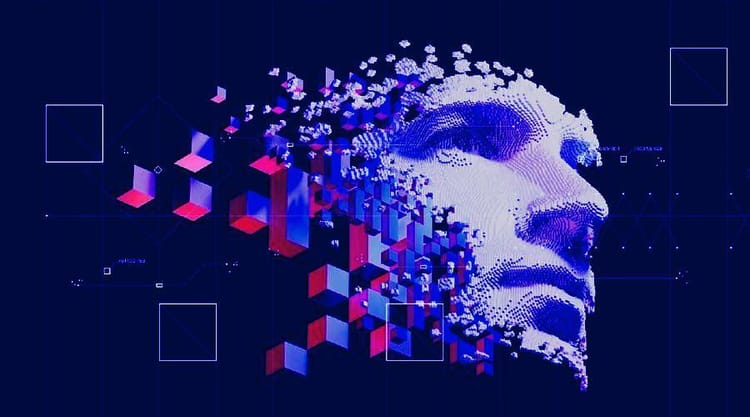AI Roundup: Generative AI Tools for Education and Classroom Use- Key Takeaways

Generative AI tools, like ChatGPT, are changing the education landscape. There have been concerns about students' use of AI, but recent studies suggest that there's a win-win solution here. The technology can become more effective for teaching-learning purposes if these are discussed properly, and students are guided on its responsible use.
The world is changing, and generative AI is one of the latest innovations that's leading the charge. Generative AI is disrupting a wide range of industries, but there are a few sectors that are feeling the pressure more than others due to the nature of work, like those involved in automation, content creation, and data analysis.
The education sector (and inside the classrooms) is one of those industries that's feeling the pressure. Many say that generative AI will leave many teachers jobless, and students will be able to automate most the bulk of the learning process. While we haven't seen massive layoffs in education, a few studies suggest that our students are slowly integrating AI into their learning.
Students and teens are increasingly exploring generative AI on their own
Students have quickly developed habits and opinions about AI, and they're using it more than we can imagine. It's the key findings from a new report on teen perspectives on generative Artificial Intelligence (AI) that was co-authored by the Centre for Digital Thriving.
According to the report, 51% of young people ages 14-22 have used generative AI tools at some point, and 4% shared that they're daily users. And for those who use the technology, 53% of them used it to gain information, and 51% say that they use it for brainstorming purposes. In short, students are slowly embracing AI, and they're using it to learn more and study more efficiently.
Students are gravitating towards generative AI tools, says another survey. According to the Common Sense Media AI report, students and teens aren't just waiting for schools and authorities to guide them on using these tools. Instead, they're taking proactive steps to explore generative AI and find the tools that can benefit them the most. And thanks to their natural inclination for new tech, it becomes easier for them to explore, compare, and pick the best generative AI tools for K to 12 education.
Generative AI tools for students: Key takeaways from the Common Sense Media AI report
Generative AI has found its purpose in K to 12 education and inside the classrooms. But what kinds of generative AI tools are popular among teens, and how are they using the technology? Check out these key insights from the Common Sense Media AI report.
- Text-based generative AI tools are widely used
Search engines and chatbots (like Chatgpt) are the most accessible and popular tools among students and teens. According to Common Sense Media, more than half of the teens surveyed have used an AI-supported search engine, and another 51% of their respondents shared using a chatbot. The same survey reveals that one in five respondents share that they use AI-supported search engines daily.
- Parents are in the dark about their kids' AI use
As teens continue to use and interact with generative AI, parents are increasingly unaware of what's happening. Per Common Sense Media, only 37 percent of the parents have correctly identified that their kids have been using the technology. A quarter of the respondents wrongly mentioned that their kids are not into generative AI technology. According to one expert, many parents a oblivious to their kids' use of the technology since AI integrations are not obvious. But for some, the lack of communication and discussions on AI is another reason why parents are clueless about their kids' interaction with AI.
- Yes, teens are using generative AI tools to answer their homework
We already know the different use cases for generative AI. However, for teens and students, the primary use of generative AI is for homework help. About 53% of the respondents say that they're using generative AI tools to complete their homework. Then, around 40% shared that they use these tools to answer school assignments. Interestingly, those who admitted that they've used AI for school work are torn between whether or not they have their teachers' permission before using it.
- AI tools aren't primarily used by students and teens to cheat
For some of us in the teaching profession, we think that generative AI tools are primarily used by students to cheat, or at least get ahead of the competition. The results of the Common Sense Media survey shed light on our ongoing concerns about generative AI use and cheating. In the same survey, many student-respondents admitted to using AI to cheat on tests and their assignments. While honesty and academic integrity remain important values, the respondents also noted their positive experiences when using AI when completing tests and assignments. Most respondents didn't call the use of AI cheating, but a 'more modern approach to learning'.
- AI can have negative effects, too

According to the results of the survey, access to and the use of AI can also lead to bullying, lying, and disinformation inside the classroom. Respondents say that bad actors may use the technology to inflict harm on others, particularly by bullying their classmates. For example, some individuals may use AI to generate and spread false stories about a specific person.
One respondent mentioned that it's possible to use another person's voice and make it sound that they're saying things they didn't say. According to some of the teens, the capability to create 'fake voices and images' can be used for bullying in and outside the classrooms.
Some of the respondents also shared their thoughts about fake images and voices, and the proliferation of 'deep fakes'. As such, they remind teens and students to become aware of this technology since these can be used against them.
- Better and responsible use of generative AI starts with conversations
Another interesting takeaway from these surveys is the acknowledgement of the majority of the respondents that AI can also generate 'inaccurate information'. Surprisingly, only half of those who say that they've used AI for school work found time to verify the information they gained from these AI tools. But there are a few things that can help improve the lack of fact-checking when using AI. The survey added that the older the student, the more likely he'll recheck the information shared by these AI tools.
It also helps if there's an ongoing conversation on AI use in the classroom. The survey further explained that students (55 percent) who had class activities involving generative AI are more likely to say that they consulted other sources to check the results from AI.
From these results, it's clear that everyone can benefit from the popularity of generative AI if these are discussed and used with the guidance of authority figures, like teachers and even parents. For classroom teachers, it helps if the technology is openly discussed and used for the teaching-learning process. And for parents, it pays to know the type of generative AI tools that are popular among teens, and guide them on their proper use.
Generative AI is here to stay, and there will be more tools and innovations that will be introduced for education. Since we can't stop the advancement of this technology, it's better to use it to our advantage. Classroom teachers and parents play a crucial role in promoting the right and responsible use of AI for learning and classroom purposes.




